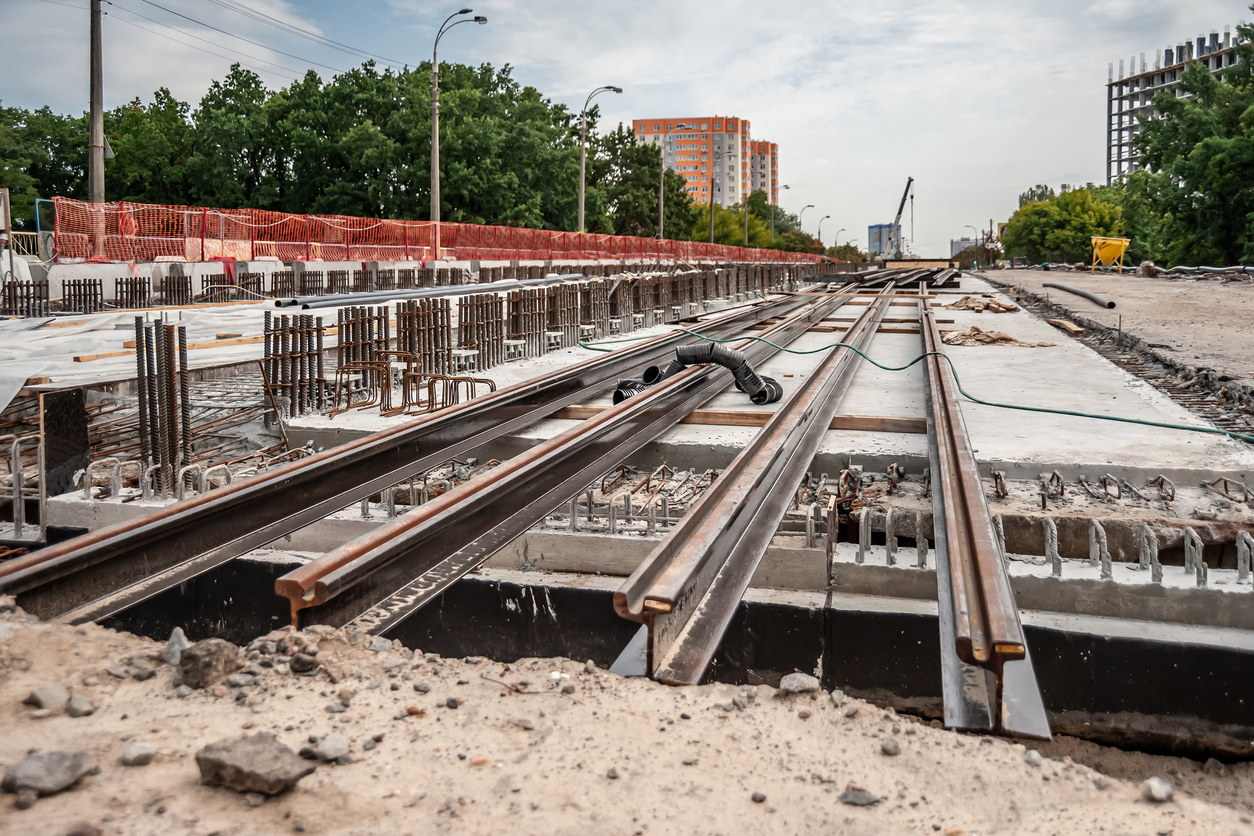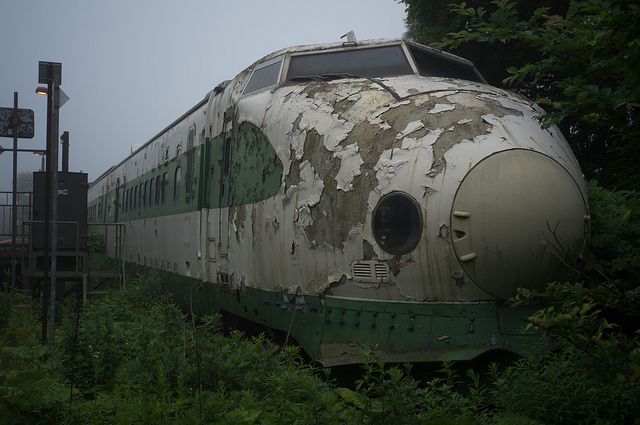I-405 toll lanes are not working for most drivers, alternatives should be considered
A major study published by Washington Policy Center examines the state’s use of tolls on Interstate 405. This Policy Note presents the key findings from the study, followed by a summary of its conclusions.
Introduction
In 2002, state officials agreed to an Interstate 405 Master Plan that included approximately 150 roadway improvements to provide congestion relief for the public and to increase speeds on the I-405 corridor. Officials said they would add up to two general-purpose travel lanes in each direction on I-405, as well as bus rapid transit, vanpools, new interchanges, and auxiliary lanes.
In 2003 and 2005, lawmakers raised the state gas tax in two stages by a combined 14.5 cents per gallon to 37.5 cents. With the tax increases, state lawmakers promised to provide the public with one additional general-purpose lane in each direction between Bellevue and State Route 522, in concurrence with the I-405 Master Plan.
But in 2011, lawmakers approved House Bill 1382, imposing tolls on the promised general-purpose lanes and converting the two-person high occupancy vehicle (HOV) lanes to express toll lanes (ETLs). State officials said the tolling scheme would benefit all users of the highway – including travelers in the regular lanes.
Additionally, the bill gave the Washington State Transportation Commission (WSTC) authority to set toll policies. The WSTC imposed a minimum toll of 75 cents and a maximum toll of $10, with computers changing toll prices every five minutes based on a number of factors, including revenue targets, use of the toll lanes, and traffic congestion in the adjacent general-purpose lanes.
As structured, raising additional money for the state became a major policy goal of the tolling program.
In September 2015, the Washington State Department of Transportation (WSDOT) began its two-year ETL experiment.
Despite the lack of performance, WSDOT officials are fighting to keep the lanes. Maintaining tolls on I-405 is crucial to their wishes to expand tolls to other parts of the region, and to their desire to collect more money from the public.
Read the complete Policy Note below:
![]() I-405 toll lanes are not working for most drivers -- alternatives should be considered
I-405 toll lanes are not working for most drivers -- alternatives should be considered






